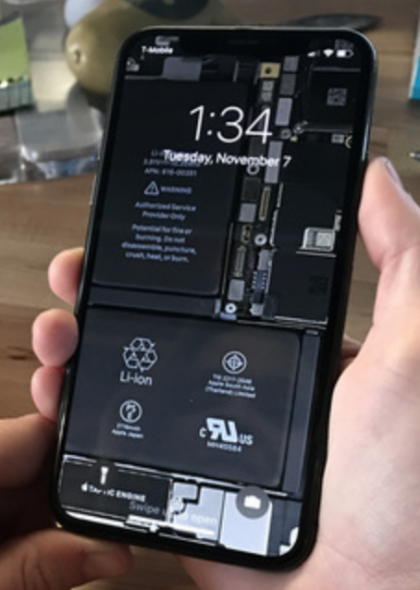Kif Leswing, Business Insider:
According to numerous blue-shirted “geniuses” that Business Insider spoke to, a rising tide of store visitors and on-the-job performance expectations have pushed the system to the breaking point.
And:
Retail employees notice that the stores are packed. One says that his store can’t keep up. “We haven’t been able to keep up with traffic since I started 8 years ago,” a senior Genius at a small store in the Midwest that has yet to be redesigned told Business Insider. “I wouldn’t even walk in the store because of how crowded it gets. During Christmas [season] you can hardly move.”
Even consumers who purchased their phones through their wireless carriers now increasingly turn to the Apple store as their de-facto service center. In some cases, the arrangement is deliberate: T-Mobile earlier this year started bundling AppleCare, Apple’s warranty and service program, into its own device insurance program, funneling its own customers to Apple for service.
This is a natural result of Apple’s enormous success. The question is, what is Apple doing to help alleviate this strain?
In 2016, Apple introduced a new repair role, named Technical Expert, which can do iPhone repairs and replacements for customers, but can’t repair Macs. The new Technical Expert roles seem to be doing a better job accommodating people who walk in with broken iPhones without appointments.
And:
With the new store design, Apple is rethinking the concept of the Genius Bar itself. Although new stores still have the traditional scheduled appointments for customers, the system has shifted to what Apple calls the “Genius Grove,” in which roving techs can service customers in a large tree-lined part of the store.
I go to the Apple Store pretty regularly, and I am seeing a difference. The original service model reserved the majority of the floor for sales, pushing all technical/service issues to a relatively small space at the rear of the store.
But the modern Apple Store feels different, the flow of technical/service response feels more triaged. Go in, find any Apple-shirted person, and explain your issue. Frequently, the path to a solution starts with that person either responding directly, or connecting you to the right someone in the store to work through a problem, often without spending time in any sort of queue at all.
It’s a night and day difference, from a customer experience perspective.

